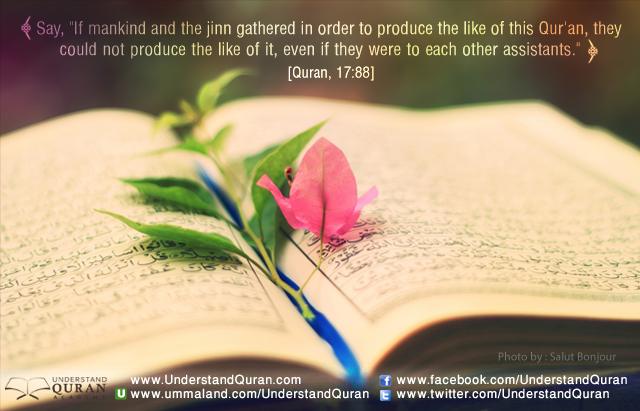
by Tabassum Mosleh
بسم الله الرحمن الرحيم
If you open any of the standard Islamic books from good publishers you’ll see that they always use a standard transliteration system for those terms which won’t fully retain their meanings if translated into English, and neither can they be written in the kind of informal chat-language we use in channels like Facebook.
Here are some reasons for learning to use transliteration:
- Writing a term in chat-language can change the pronunciation and thus the meaning of the word. For example, ḍalālah means corruption, whereas dalalah means guidance.
- Learning transliteration will help us understand it easily when we come across it in books.
- It will make your writing look more mature and scholarly, and thus increase its weight.
- It’ll enable you to get better marks in assignments.
- We must learn it if we ever want our work to be taken seriously.
So here are the rules:
- Put a line on top of all the madd letters: ā, ī, ū.
- Use the opening quote mark for ع, e.g. ‘ayn (عين). Use the closing one for all the types of hamzah, e.g.: qara’a (قرأ), sā’il (سائل) (but you don’t need to use it if it’s at the beginning, e.g. akala (أكل).).
- For the following five letters, use a dot at the bottom: ح ḥ,ص ṣ, ض ḍ, ط ṭ, ظẓ.
- For the non-madd ya and waw, use y and w respectively, e.g. nawm ( نوم), shaykh ( شيخ), dalw ( دلو)
- Use á for alif maqsūra, g. ḥattá (حتى)
- Use t for ة only when it’s the muḍāf, otherwise use h. e.g. sidrat al-muntahá.
- For shaddah, simply double the letter (e.g. shaddah), or the digraph concerned (e.g. kadhdhāb). Exception: وّ preceded by a ḍammah, e.g. ‘adūw (عدو), and يّ preceded by a kasrah, e.g. Ḥanafī (حنفيٌّ)
- Vocalization of end vowel or tanwīn:
- For verbs: vocalize the ending except if the word is at the very end of the sentence. (e.g. yaliju al-laylah al-nahār, hum yūqinūn)
- For nouns: Don’t vocalize (e.g. qabr instead of qabrun) Exception: manqūṣ nouns, e.g. wādin, thānin, qāḍin, ma‘nan
- For adverbs, prepositions, conjunctions, pronouns and demonstratives: vocalize. (e.g. anna, bayna, hādha, anta, laylatan)
- Hyphens:
- Use to connect the inseparable prepositions and conjunctions: li-, wa-, fa-, bi-.
- For the definite article al-. Never join al- with the preceding word (e.g. al-hurūf al-shamsīyah, and not al-hurūful-shamsīyah), nor change it to correspond the sun-letters (e.g. not ash-shamsīyah).
- For separating problematic letter combos, use the prime symbol ′, which is different from the quotation marks, e.g. mub’ham (مبهم), muṣ′ḥaf (مصحف)
Note: Some words which have entered the English dictionary need not be transliterated. Examples: Allah, Quran, hadith, Muslim, azan, muezzin, kitab, salaam, amir, wali, salat, hajj, Ramadan, sawm, zakat, Eid, Eid ul-Fitr, Eid ul-Adha, sunna, fiqh, Fatiha(h), fatwa, mufti, wudu, ghusl, halal, haram, hijab, iftar, umrah, imam, jinn, jihad, Kaaba, masjid, kafir, khimar, niqab, madrasa, minbar, minaret, nikah, talaq, tajweed, khula, Salafi, shahid, sura(h), waqf. (See the Oxford English dictionary)
Tip: In order to call these symbols more easily, you can use the ligature codes, or program these symbols into macros or autocorrect options in Word.
Tabassum Mosleh

